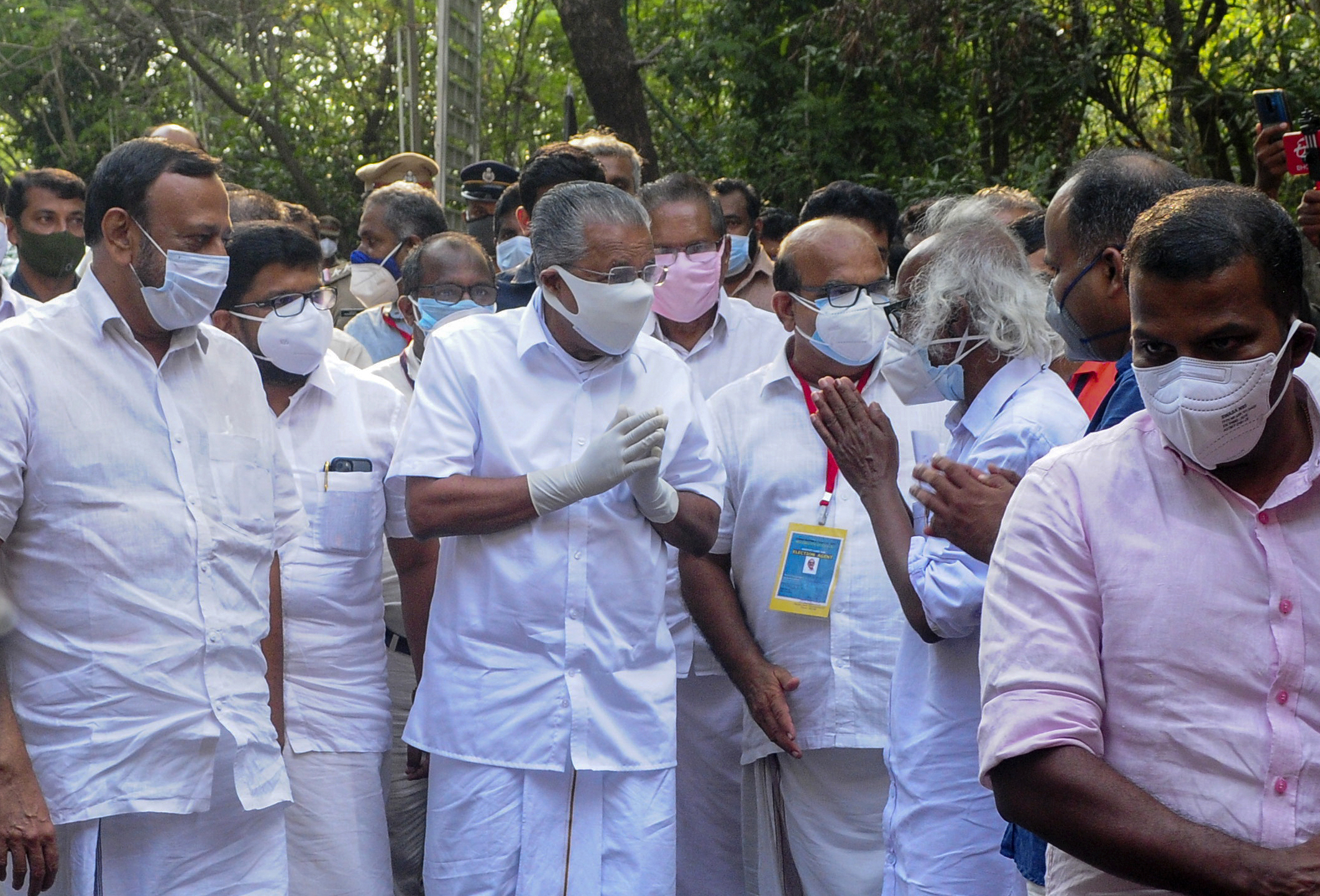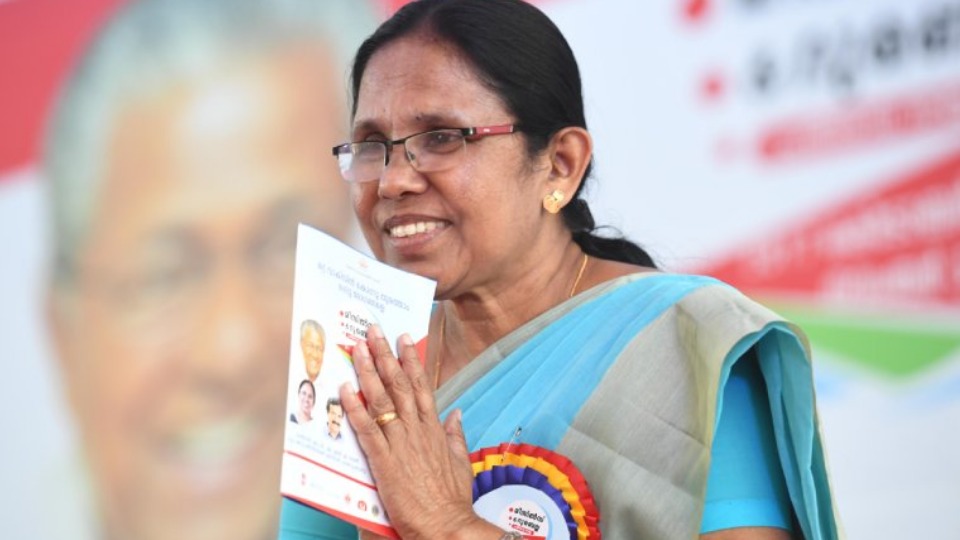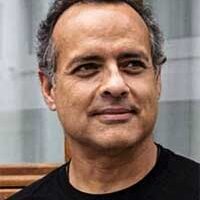
Kerala, a state in the Indian union with 35 million people, has re-elected the Left Democratic Front (LDF) to lead the government for another five years. Since 1980, the people of Kerala have voted out the incumbent, seeking to alternate between the left and the right. This year, the people decided to stay with the Left and give the Communist Party of India (Marxist) leader, Pinarayi Vijayan, a second term as the Chief Minister. Health Minister K. K. Shailaja, popularly known as Shailaja Teacher, won her re-election with a record-breaking tally of over 60,000 votes, far exceeding her closest contender.
The people voted the Left government back in for three reasons. First, there is the efficient and rational way in which the LDF government has managed the cascading crises of Cyclone Ockhi (2017), floods (2018 and 2019), and viruses (2018 Nipah and 2020-21 coronavirus). Second, despite these crises, the government continued to advance the needs of the people, building affordable homes, high-quality public schools, and necessary public infrastructure. And third, the government and left parties fought to defend India’s secular and federal structure against the growing, suffocating neo-fascism of the Bharatiya Janata Party (BJP) and its leader Narendra Modi, India’s Prime Minister.
A few days before the election, Kerala’s Health Minister K. K. Shailaja was asked about the state of the pandemic. Her words:
“There are two major lessons from this pandemic. One, that the country needs proper planning and decentralized implementation mechanisms to improve our health system. And two, there can be no delay in enhancing public investment in healthcare. We spend just 1% of our GDP on the health sector; it should be increased to at least 10%.”

Health Minister Shailaja said that the family doctors system of Cuba had influenced her when Family Health Centers were started in Kerala. “Healthcare should be universal,” she said, “with some regulations at the tertiary health care facilities. There should be more investment in health at the primary, secondary, and tertiary levels. There should be decentralized planning with regulations. Cuba has achieved a lot because of their centralized planning and decentralized implementation. Their system of healthcare is people-centric and patient-centric. Their egalitarian concept and decentralization can be emulated here. The government should have control over healthcare so that everyone—poor or rich—gets equitable treatment.”
Kerala Chief Minister Vijayan opened his press conference on May 2, not with the election results but with a COVID-19 update. It is only after he told the people of Kerala about the current status of the pandemic in the state that he greeted the “people’s victory.” During each of the crises, from the cyclone of 2017 to the coronavirus pandemic, Vijayan has met the public through calm and rational press conferences, offering science-based assessments of the problems and hope for people who felt despair at the circumstances imposed upon them.
A stark contrast: Modi’s lack of precautions
In contrast, the approach taken by India’s Prime Minister Modi has been stark. On Jan. 28, Modi addressed the World Economic Forum in Davos, Switzerland, where he announced that India had prevailed over COVID-19. Braggadocio was the mood. “It would not be advisable to judge India’s success with that of another country,” Modi said. “In a country which is home to 18% of the world population, that country has saved humanity from a big disaster by containing corona effectively.” Careful observers warned that the virus and new variants could quickly reassert themselves given the lack of precautions in society.
A few days before Modi made these comments, Chief Minister of Uttarakhand state Trivendra Singh Rawat, a member of Modi’s party, allowed seven million people to conduct the Kumbh Mela in April. The event is a gathering of pious people to celebrate the rotation of Jupiter (Brihaspati), which is supposed to take place every 12 years. In the midst of a pandemic, this year’s gatherings were allowed a year in advance. Government officials warned in early April that the Kumbh and other such gatherings could inflame the transmission of the virus. Modi’s Ministry of Health said this was “incorrect and fake.” The Mela proceeded, and so did Modi’s mass campaign rallies.
Privatization the cause of weakness in India’s medical infrastructure
Modi’s comment at the World Economic Forum was both callous and ridiculous. On the last day of April, over 400,000 daily cases of COVID-19 were confirmed in India. The entire health system has been overwhelmed. India’s governmental spending on health is meager, about 1.3% of GDP in 2018. In late 2020, the Indian government admitted that it has 0.8 medical doctors for every 1,000 Indians, and it has 1.7 nurses for every 1,000 Indians. No country of India’s size and wealth has such a low medical staff.
It gets worse. India has only 5.3 beds for every 10,000 people, while China—for example—has 43.1 beds for the same number. India has only 2.3 critical care beds for 100,000 people (compared to 3.6 in China), and it has only 48,000 ventilators (China had 70,000 ventilators in Wuhan alone).

The weakness of medical infrastructure is wholly due to privatization. Private sector hospitals run their system on the principle of maximum capacity and have no ability to handle peak loads. The theory of optimization does not permit the system to tackle surges since, in normal times, it would mean that the hospitals would have surplus capacity. No private sector is going to develop any surplus beds or surplus ventilators voluntarily. This is what inevitably causes the crisis in a pandemic. Low government spending on healthcare means low expenditure on medical infrastructure and low wages for medical workers. This is a poor way to run a modern society, both in ordinary times and in extraordinary times.
Modi’s party—the BJP—lost decisively in this Assembly election in Kerala (not winning a single seat), its alliance lost in Tamil Nadu (population 68 million), and it lost in West Bengal (population 91 million). The mandate in these states is one against the catastrophe created by market-driven medical systems and by a callous, incompetent government. However, these are not the core areas of Modi’s support base. Those are mainly in northern and eastern India and will not be tested in the polls for at least a year. However, the continuation of the farmers’ revolt, which began in November 2020, will likely shift the balance of forces in many of these northern and eastern Indian states, from Haryana to Gujarat.
Cruel incompetence: Vaccine scarcity for world’s major vaccine producer
Nothing better reflects the cruel incompetence of the government than the situation of the vaccines. India produces 60% of the world’s vaccines. Yet—as pointed out by Tejal Kanitkar, professor of the National Institute of Advanced Studies—at the current rate, India will not complete its vaccination drive before November 2022. This is a confounding situation. Kanitkar makes three policy suggestions that are sensible and should be endorsed immediately:
- Large-scale procurement of vaccines by the Indian government at regulated prices.
- A transparent allocation scheme across India’s 28 states and 8 union territories in discussion with public health experts and state governments to determine the need and rate of supply to ensure equity across the country.
- Local government-driven strategies to increase uptake of vaccines amongst the working masses to ensure equitable access across economic classes.
This is a program that makes sense not only for India but for most of the world.
This is an edited version of an article that originally appeared at Tricontinental.
Read more:
Government failure and healthcare privatization at root of India’s COVID crisis
Voters reward Communists for successfully managing pandemic in India’s Kerala state
Communist teacher turned health minister leads pandemic fight in India

MOST POPULAR TODAY

Zionist organizations leading campaign to stop ceasefire resolutions in D.C. area

High Court essentially bans demonstrations, freedom of assembly in Deep South

Communist Karol Cariola elected president of Chile’s legislature

U.S. imperialism’s ‘ironclad’ support for Israel increases fascist danger at home







Comments